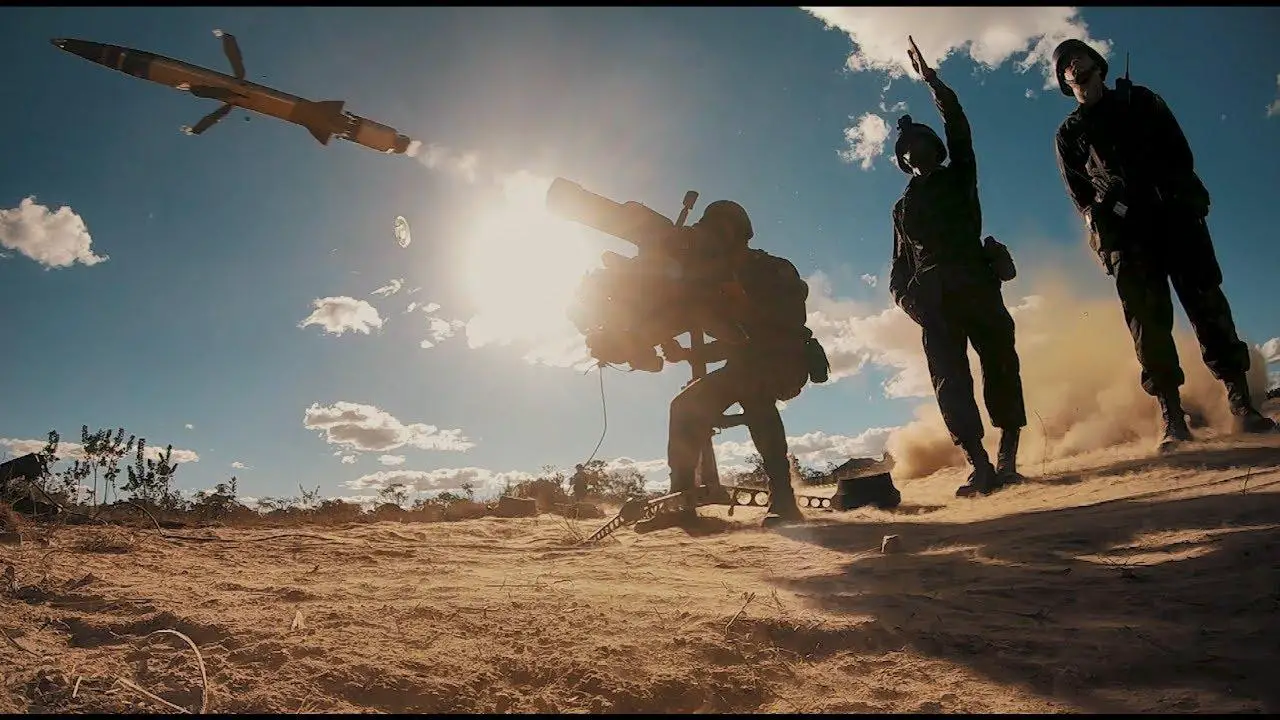The Argentine Navy has been a user of the RBS 70 since 1984 and is now upgrading to the latest RBS 70 NG. The contract entails a further expansion of the country’s usage of the RBS 70 NG system to the Air Force and to the Army. The RBS 70 NG systems, training simulators and missiles delivered, will therefore be used by the Argentine Army, Navy and the Air Force. RBS 70 NG is the latest iteration of Saab’s short-range ground-based air defence system. With this order, five nations have signed contracts for RBS 70 NG, including the Czech Republic, Brazil, and Sweden.
“We look forward to further strengthening the air defence of the Argentinian Armed Forces. With this capability they will have the most modern short-range air defence system on the market, with unjammable laser-guidance as well as an integrated night sight,” says Görgen Johansson, head of Saab’s business area Dynamics.

RBS 70 (Robotsystem 70) is a man-portable air-defense system (MANPADS) designed for anti-aircraft warfare in all climate zones and with little to no support from other forces. Originally designed and manufactured by the Swedish defence firm of Bofors Defence (now Saab Bofors Dynamics, since 2000). It uses the RB 70 missile which is also in use in a number of other Swedish missile systems. The RBS 70 is a Short-range Air Defense (SHORAD) laser guided missile system. Currently, RBS 70 is operational in 18 customer countries, on all continents and in arctic, desert, and tropical environments.
In 2011, Saab Bofors Dynamics announced the introduction of the new RBS 70 New Generation (RBS 70 NG). The upgraded version included an improved sighting system capable of night vision and improved training and after-action review features. With a fully integrated sightiNG system, innovative operator aids, high-precision range and unjammable laser guidance, our RBS 70 NG Ground-Based Air Defence (GBAD) system sets itself apart from all others. During 2019, the Brazilian Army conducted their first ever RBS 70 NG firings. The system had a big role in 2016 as it was a part of the protection of the 2016 Olympics in Rio de Janeiro, Brazil.















